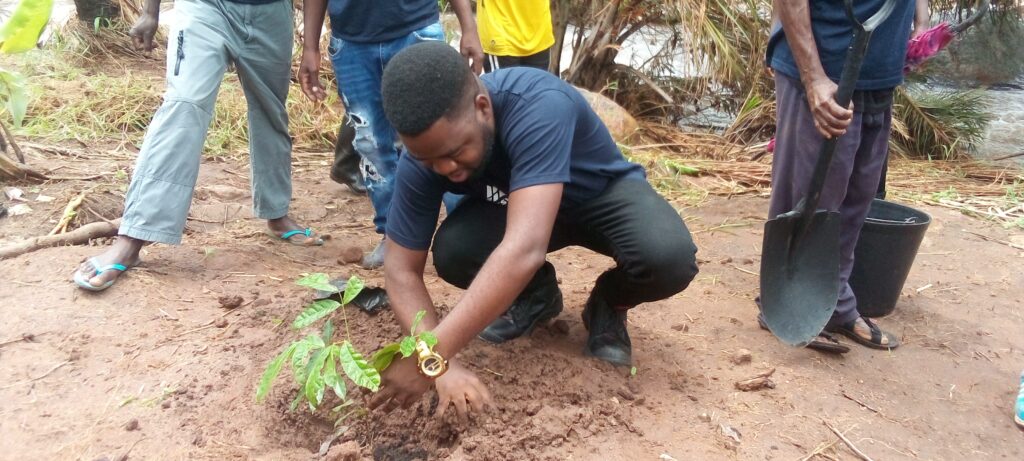
Mining & Trade News
Malawi Online News
Top Stories
Mining
Akatswiri speaks on environmental concerns for Mulanje Mountain Project
March 12, 2024 / Modester Mwalija

Local firm Akatswiri Mineral Resources, which is prospecting for rare earth elements (REEs) at Chambe Basin in Mulanje Mountain, has urged Malawians to do away with any fears of environmental damage in Mulanje Mountain due to the project.
Akatswiri CEO Hilton Banda tells Mining & Trade Review in an interview that his company is pursuing a Sustainable Mining and Tourism approach, aiming at adopting open-pit mining with responsible rehabilitation practices to conserve the environment while extracting the REEs.
“The mining project will prioritize the protection of the environment and an aerial way will be used to transport the minerals from the plateau. This will reduce ground vibrations and also serve as a potential mine tourism attraction,” says Banda.
He also explains that the company is following all legal processes including the requirement to conduct an environmental and social impact assessment before a decision to conduct mining is made.
Currently, Akatswiri is only conducting exploration work and has now completed Phase 1 drilling programme whose samples have been sent to Australia for metallurgical analysis.
Banda says his company is working closely with the local community to preserve the environment and conduct Corporate Social Responsibility (CSR) projects in the area.
“Akatswiri has been engaging members of the local community in the area including at District Council level to provide them an opportunity to express their views regarding the project, discuss the environmental and social impacts of the project, and derive mitigation measures of the adverse negative impacts of the project,” he says.
The Company organised a tree planting exercise in liaison with members of the community as part of its environmental conservation programme for the area.
Banda pledged that when the project reaches mining stage, the surrounding community should expect more development projects as part of CSR, employment and business opportunities.
“The government of Malawi is actively utilizing the potential of the agriculture, tourism, and mining sectors to boost the country’s economy. With abundant reserves of minerals, including bauxite and REEs, Mulanje Mountain presents a valuable opportunity for mining ventures,” he says.
The prospecting project on Mulanje Mountain has sparked protests from environmental activists, who express concern over the potential damage to the ecosystem and the cultural significance of the Mountain.
Mathews Malata, an environmental activist, warns that the government should proceed with caution when considering mining in Mulanje Mountain stressing that the mountain holds great importance to Malawian citizens, who view it as a symbol of pride.
Malata says mining activities will endanger ecosystems and the mountain’s heritage.
“Malawi should tread carefully when choosing between mining and tourism because Mulanje mountain is in the top ten tourism destinations in the country, additionally, mining in the mountain is contrary to the international laws as the mountain is one of United Nations Educational Scientific and Cultural Organisation (UNESCO) heritage sites,” says Malata.
Malata suggests exploring other alternative areas that are not protected and can be mined for the same minerals.
Emmanuel Elija, Chairman of the Mulanje Mountain Care Group, says there is need for more community involvement by government and the tenement holder so that the community understands how the mountain will be spared from the environmental impacts of mining,
He says the local residents are keen to know the potential benefits and drawbacks from the project through civic education.
“The company that is conducting the exploration of minerals and the Government needs to conduct adequate civic education to inform the people about the project details. This will help the community not to perceive the project as a threat to their lives and well-being,” says Elija.
Chambe is a unique rare earths deposit as it is an ionic clay deposit. These deposits generally have several advantages over hard rock deposits, including lower operating and capital costs and shorter timelines for development.”
The deposit is one of the few large ionic clay-hosted rare earth elements (REE) deposits outside of China, where currently a significant portion of global REE production is sourced.































